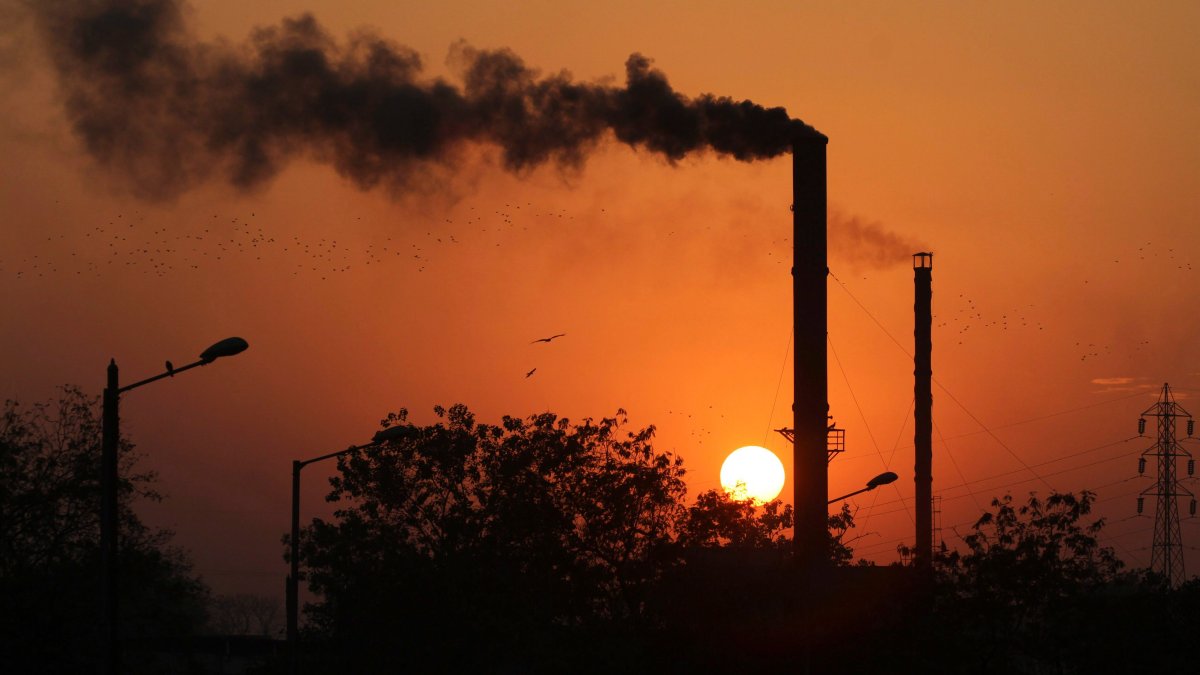Just half-a-degree Celsius difference in temperature could make the difference between saving the majority of the world’s species from climate change, or increasing the extinction risks for plants, animals and insects.

According to a new study by the University of East Anglia (UEA), published in Science this past Friday, keeping global warming under a 1.5 C increase in temperatures would preserve tens of thousands of land-based species, plants, vertebrates and insects on Earth, even in comparison to a rise in temperatures by 2 degrees Celsius.
WATCH: ‘Climate change is not elitist’: Liberals respond to carbon tax critics

This 1.5 C target coincides with the ultimate goals set out in the Paris Agreement signed by 194 countries around the world during the Obama administration. However, the upper temperature limit set during the Paris Agreement is 2 C.
To produce the report, the University of East Anglia and James Cook University in Australia studied approximately 115,000 species, including 31,000 insects, 8,000 birds, 1,700 mammals, 1,800 reptiles, 1,000 amphibians and 71,000 plants. This is the largest scale study of its kind.
WATCH: Climate change battle looms for Ottawa and provinces

The impacts on biodiversity multiply significantly with a 2 C increase in global warming levels compared to 1.5 C.
“We found that achieving the ultimate goal of the Paris Agreement, to limit warming to 1.5 C above pre-industrial levels, would reap enormous benefits for biodiversity — much more so than limiting warming to 2 C,” said lead researcher, professor Rachel Warren from the Tyndall Centre for Climate Change Research at UEA, in a statement.
However, even with countries meeting their CO2 reduction pledges, Warren states that global warming still has the potential to wipe out thousands of species.
“The current global warming trajectory, if countries meet their international pledges to reduce CO2, is around 3 degrees Celsius. In this case, almost 50 per cent of insects would lose half their range,” said Warren.
Furthermore, according to recent research, global warming is speeding up year after year, rather than slowing down.
- Ontario takes action against chemical plant after Aamjiwnaang First Nation residents fell ill
- High benzene levels detected near Ontario First Nation for weeks, residents report sickness
- Beijing orders Apple to pull WhatsApp, Threads from its China app store
- Fishing vessel with crane, net arrives in Zeballos for orca calf rescue
An additional study published by NASA’s National Oceanic and Atmospheric Administration (NOAA) reveals that not only is the Earth getting warmer every year, temperatures are increasing by greater amounts year after year.
The NOAA’s analysis confirms that April 2018 is the 400th consecutive month during which temperatures have risen, at least nominally, above the 20th-century average. Since 1880, the study found that temperatures have been steadily rising. Since 1975, there has only been one month where temperatures have been cooler than the 20th-century average.
European countries in particular felt the warm weather this past April, with several nations experiencing near-record heat. April 2018 was especially warm across Australia, France, Pakistan, Argentina, the Netherlands, Austria and Slovakia.




Comments